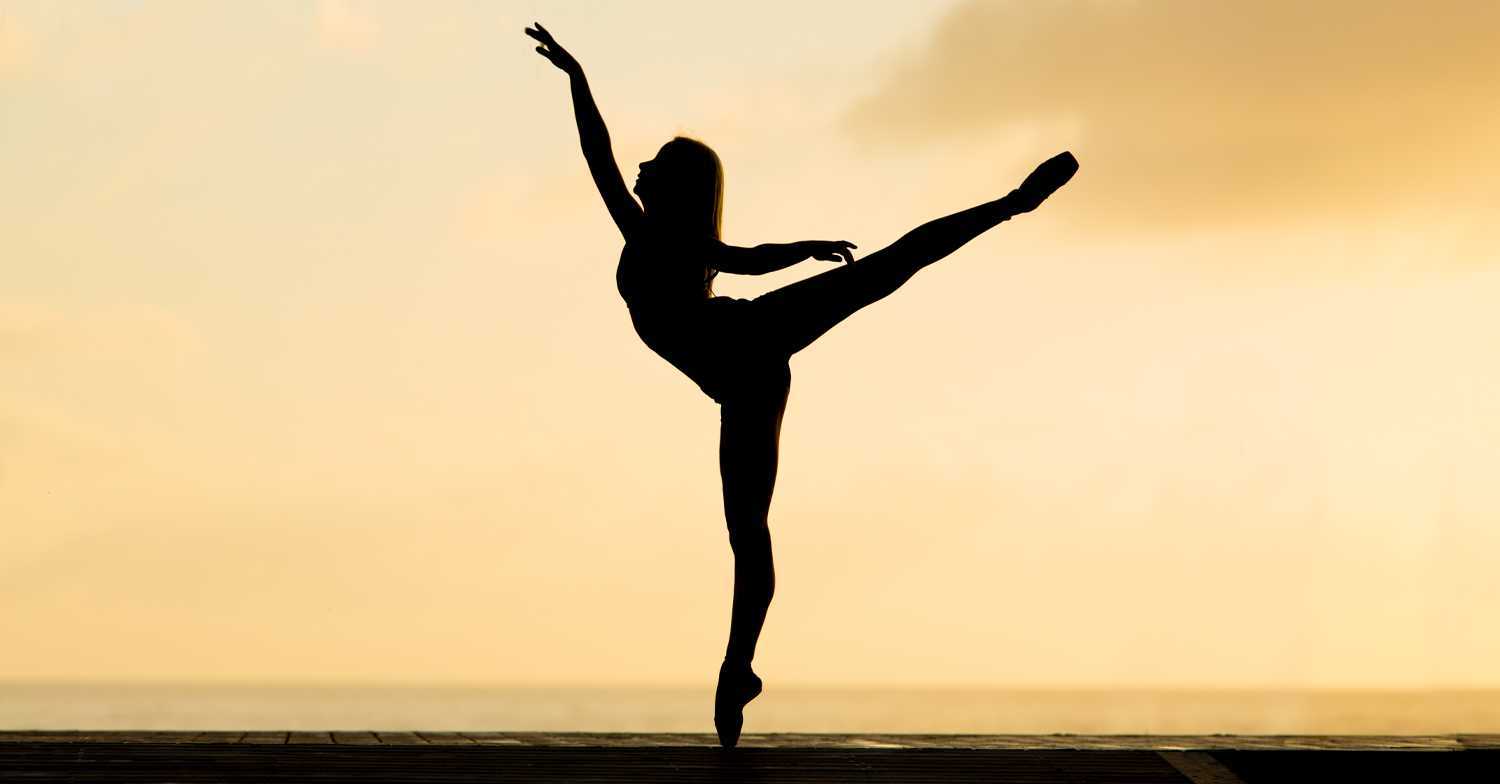
As a dancer, you know that your body is your instrument. It takes a lot of effort, dedication, and practice to become a skilled dancer, but it also comes with its share of pains and injuries. Whether you're a beginner or a professional dancer, you may experience common pains that can hinder your performance and cause long-term damage if left untreated. In this post, we'll discuss some common pains that dancers experience and how chiropractic care can help.
Common Pains from Dance
Dancing involves repetitive movements that can strain your muscles and joints, leading to a variety of common pains such as:
- Dancing requires a lot of jumping, twisting, and turning, which can cause sprains and strains in your muscles, tendons, and ligaments.
- Dancers are prone to foot and ankle injuries due to the constant impact and pressure on their feet.
- Knee pain is a common issue among dancers, especially ballet dancers, who perform repetitive movements that put a strain on their knees.
- Dancers may experience lower back pain due to the excessive twisting and bending movements required in many dance styles.
How Chiropractic Can Help a Dancer
Chiropractic care is a non-invasive, drug-free approach to treating common pains and injuries. It focuses on restoring the proper alignment of the spine and joints to improve mobility, reduce pain, and enhance overall wellness. Here are some ways chiropractic care can help dancers:
- Pain Relief: Chiropractic care can help alleviate common pains such as back pain, knee pain, and foot pain.
- Improved Range of Motion: Chiropractic adjustments can help improve your range of motion, which is essential for dancers to perform their movements correctly and without pain.
- Injury Prevention: Chiropractic care can help prevent injuries by improving joint mobility and stability.
Importance of Mobility in Dance
Mobility is the ability to move your joints through their full range of motion. In dance, mobility is essential to perform movements correctly, fluidly, and without pain. Without proper mobility, dancers are at a higher risk of injury, and their performance may suffer. Chiropractic care can help improve mobility by adjusting the spine and joints to their proper alignment.
Importance of Stability in Dance
Stability is the ability to control movement and maintain balance. In dance, stability is crucial to perform movements with control and grace. Chiropractic care can help improve stability by correcting joint misalignments, strengthening weak muscles, and improving proprioception (the ability to sense the position of your body in space).
How Dry Needling Can Help a Dancer
Dry needling is a technique that involves inserting thin needles into trigger points in muscles to relieve pain and improve mobility. It is an effective treatment for common pains such as muscle strains and sprains, and it can also help improve joint mobility. Dry needling is a complementary therapy that can be used in conjunction with chiropractic care to enhance its effectiveness.
How Cupping Can Help a Dancer
Cupping is a technique that involves placing cups on the skin to create suction. It is used to relieve pain, reduce inflammation, and improve blood flow. Cupping is a popular treatment among athletes and dancers because it can help improve their performance and reduce the risk of injury. It can be used in conjunction with chiropractic care to enhance its effectiveness.
Dancers experience common pains and injuries that can hinder their performance and cause long-term damage if left untreated. Chiropractic care is a non-invasive, drug-free approach to treating common pains and injuries in dancers. It can help alleviate pain, improve mobility and stability, prevent injuries, and enhance overall wellness. Complementary therapies such as dry needling and cupping can also be used in conjunction with chiropractic care to enhance its effectiveness and provide additional benefits such as pain relief, improved range of motion, and reduced inflammation. By taking care of your body with chiropractic care and complementary therapies, you can continue to pursue your passion for dance while minimizing the risk of injury and maximizing your performance.



